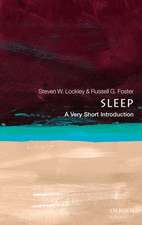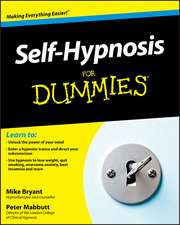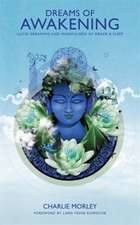Human Psychology As Seen Through The Dream
Autor Julia Turneren Limba Engleză Hardback – 10 iun 1999
Preț: 331.53 lei
Preț vechi: 477.18 lei
-31% Nou
Puncte Express: 497
Preț estimativ în valută:
63.44€ • 65.84$ • 53.03£
63.44€ • 65.84$ • 53.03£
Carte tipărită la comandă
Livrare economică 15-29 martie
Preluare comenzi: 021 569.72.76
Specificații
ISBN-13: 9780415210461
ISBN-10: 0415210461
Pagini: 208
Dimensiuni: 138 x 216 x 20 mm
Greutate: 0.54 kg
Ediția:1
Editura: Taylor & Francis
Colecția Routledge
Locul publicării:Oxford, United Kingdom
ISBN-10: 0415210461
Pagini: 208
Dimensiuni: 138 x 216 x 20 mm
Greutate: 0.54 kg
Ediția:1
Editura: Taylor & Francis
Colecția Routledge
Locul publicării:Oxford, United Kingdom
Cuprins
Part I The Dream is the Psychological Apparatus Harmonising Experience; 1. Introduction; 2. The Inauguration of Introjection and Projection; 3. Introjection and Projection and their Relation to Language; 4. Projection; 5. The Message of Symbolism; 6. How the Symbol can Make or Mar Life; 7. The Projection of Emotion; Part II The Anxiety Drama; 8. Sources and General Character; 9. The Anxiety Drama Appears to be Moulded by the Sexuality Function; ch0010 The Plot is Complicated by the Subject's Revolt; 11. The Expiation Phase of the Anxiety Drama; 12. Variants for the Romance Form of the Anxiety Drama; Part III The Self Through the Dream; 13. The Protagonist in the Anxiety Drama and His Concerns; 14. The Unseen Self; 15. Conclusion;










